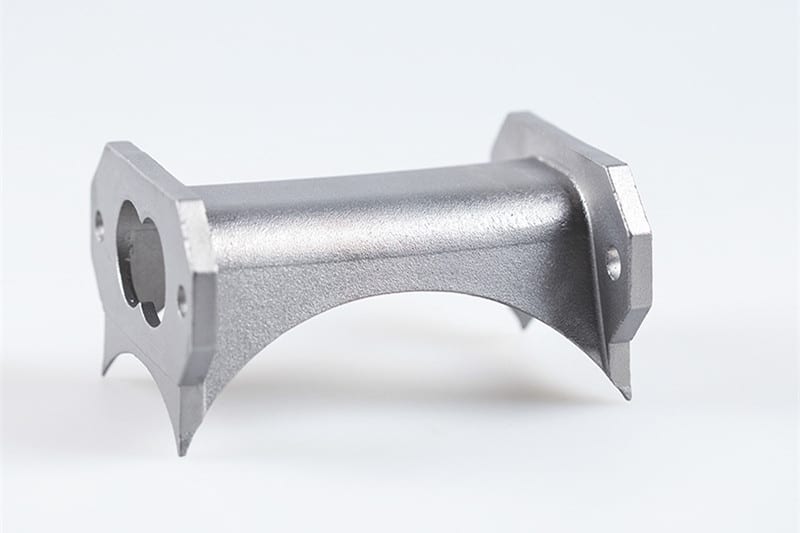From tracking our orders to waiting for a vehicle to reach our location, the GPS location base service is what we rely on. It is possible due to the technology service of the Global Navigation Satellite System GNSS, which is a must-use in the consumer business. The future of most services revolves around getting precision data. This is only possible by the latest location service technology that can give accurate and prompt user identification data.
The Huawei developer platforms come with a location kit and the latest feature to deploy for positioning service.
Integrating Location Kit with Different Device OS
Different modes to access the features of a location kit vary depending on the operating system you use it on:
Android
The location SDK is compatible with the Android operating system when it brings located-related APIs for the location apps used. This API relates to functions like activity identification, identifying locations, high-precision locate service, geofence, and indoor location. The model is applicable to Huawei tablets and mobile devices. Whichever position app you install on your mobile should be compatible to integrate with these APIs to function smoothly and give precise results.
iOS
In this operating system, the API mainly relates to fused location identification. It is applicable on iPhones with iOS 9.0 or its later versions.
HarmonyOS
It uses location SDK to identify users’ locations accurately and applies to Huawei smartwatches. This is how the feature-rich location kit is the best to use with the latest Huawei devices and gives precise outcomes.
How Does the Location Kit Find Use in Service Industries?
The location kit is a common utility to go with the GeoLocation service and is suitable for web clients. Moreover, the features of the location kits under the Huawei developer platform make it suitable for use by various service industry that needs to identify and locate a user’s location for ease of service.

To allow a location service to operate smoothly, it requires the following components as basics:
- Positioning mechanism to collect the essential geodata relating to a particular location
- An application that runs on-location service
- A mobile network that can easily transmit or receive data
- Analytical software to run on a remote server for ease of computing. This, in turn, will deliver relevant data relating to the user’s movement and geographic location
The location service requires permission to complete the operation, which is important for an end user to know about it. In most cases, users have to turn on the application feature to access the location service. This is to enable identifying any current location of the particular device.
Technologies To Use for Tracking Location
Depending on the need for a position service, the type of mobile device, and the supporting technology, a location tracking mechanism use the following location services:
- Wi-Fi access point triangulation
- GPS
- Bluetooth beacons
- Cellular tower triangulation
- Identifying radio frequency
These elements help triangulate a user’s location efficiently and accurately. This is important for businesses that wish to reach beyond their existing boundary and reach a broader group of customers. It effectively helps with activity identification, such as what a user does at a particular time.




